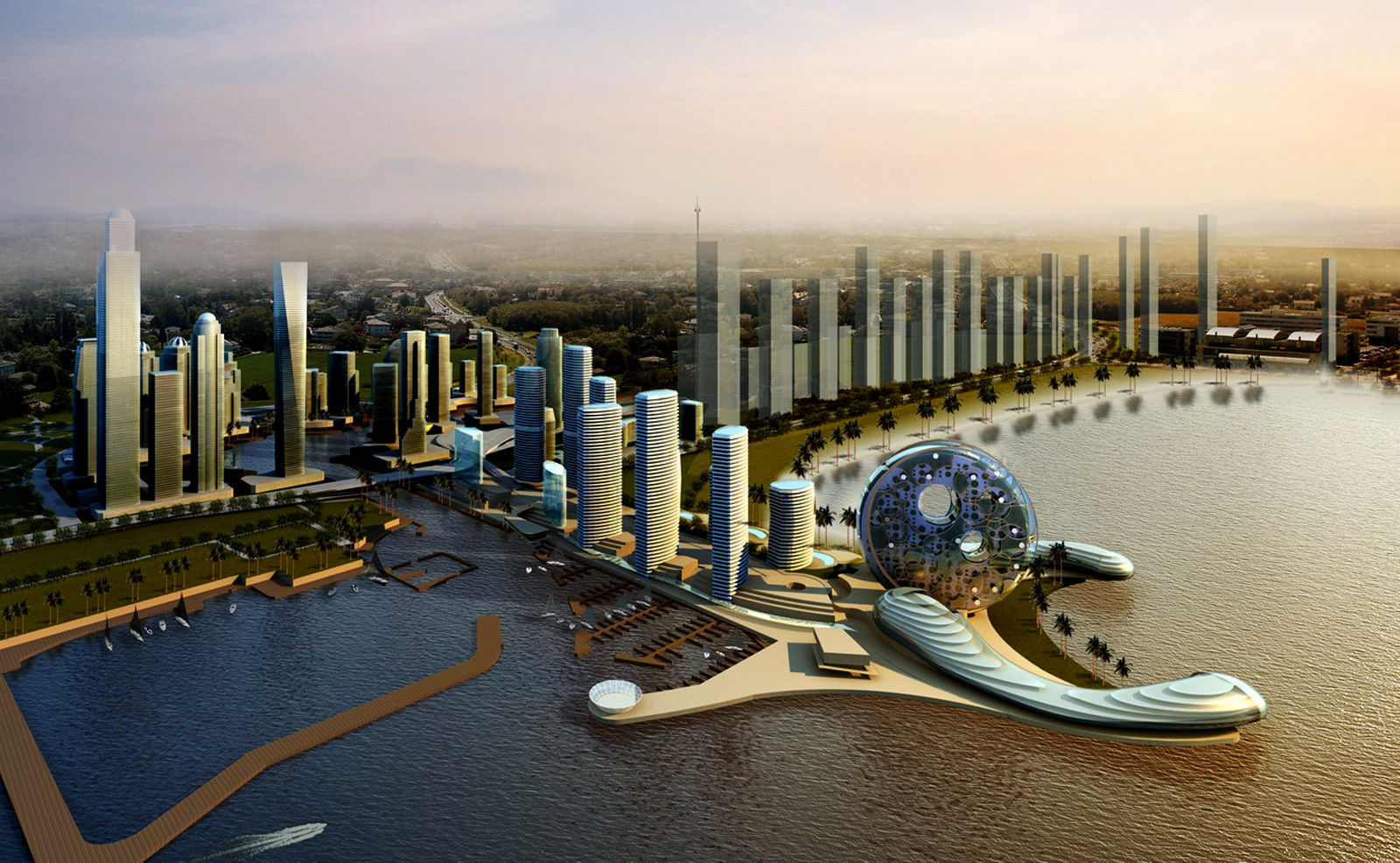
Futuristic Buildings
FB | Today's Technology is Solving Yesterday's Problems

The Evolution of Construction Tools & Techniques
What determines the Speed of constructing all our fantastic buildings and homes? Even with the right materials, everything revolves around our tools and techniques of construction; which have evolved over the centuries and reached a point where now it seems that anything imaginable can be built.
Follow this interactive timeline to get a glimpse and learn about the various tools and techniques used during the periods of civilization and history.
 Neolithic Period |
|---|
10,000 B.C.
 Ancient Mesopotamia |
|---|
2,200 B.C.
10,000 B.C.
 Ancient Egypt |
|---|
3,100 B.C.
2,200 B.C.
 Ancient Greece |
|---|
800 B.C.
 Ancient Rome |
|---|
753 B.C.
 Medieval Ages |
|---|
476 A.D.
 Renaissance Period |
|---|
1,350 A.D.

- Modern engineering tools began to be increasingly used in this century Image Source:

- Invented around 1620, the Slide Rule is a calculating device with a single logarithmic scale, which, with additional measuring tools, could be used to multiply and divide Image Source:


- Modern engineering tools began to be increasingly used in this century Image Source:

- Industrial Revolution brought about increased use of Iron - New construction devices such as steam engines, machine tools, explosives and optical surveying - Steel used to form i-beams and reinforce concrete - Mass production techniques of making glass and steel Image Source:

- Industrial Revolution brought about increased use of Iron - New construction devices such as steam engines, machine tools, explosives and optical surveying - Steel used to form i-beams and reinforce concrete - Mass production techniques of making glass and steel Image Source:

- Industrial Revolution brought about increased use of Iron - New construction devices such as steam engines, machine tools, explosives and optical surveying - Steel used to form i-beams and reinforce concrete - Mass production techniques of making glass and steel Image Source:

- Industrial Revolution brought about increased use of Iron - New construction devices such as steam engines, machine tools, explosives and optical surveying - Steel used to form i-beams and reinforce concrete - Mass production techniques of making glass and steel Image Source:

- Cranes and Elevators made high rise buildings possible - Heavy Equipment and Power Tools reduced the heavy labour requirement - Use of Computer-Aided-Design (CAD) in the building process - Use of Personal Protective Equipment (PPE) such as Hard Hats etc Image Source:

- Cranes and Elevators made high rise buildings possible - Heavy Equipment and Power Tools reduced the heavy labour requirement - Use of Computer-Aided-Design (CAD) in the building process - Use of Personal Protective Equipment (PPE) such as Hard Hats etc Image Source:

- Cranes and Elevators made high rise buildings possible - Heavy Equipment and Power Tools reduced the heavy labour requirement - Use of Computer-Aided-Design (CAD) in the building process - Use of Personal Protective Equipment (PPE) such as Hard Hats etc Image Source:

- Cranes and Elevators made high rise buildings possible - Heavy Equipment and Power Tools reduced the heavy labour requirement - Use of Computer-Aided-Design (CAD) in the building process - Use of Personal Protective Equipment (PPE) such as Hard Hats etc Image Source:
What IS the Future of Construction Tools and Machines?
In the future, the operator and the machine will be separate.
This will be the birth of the autonomous machine - it performs tasks on its own with the aid of sensors.
The autonomous machine is not hindered by the limitations of a human operator - it can perform tasks over and over again.


SEPARATED
FROM
The Future of Autonomous Machines
Goals of The Autonomous Machine:
-
Involved in ZERO accidents
-
Have ZERO emissions
-
100% availability
-
~10 times higher energy efficinecy
Teaching Machines about Human STRESS
-
Smart Machines that are AWARE of an operator's workload
-
Smart Machines that can ADAPT themselves accordingly
-
Matching the Machine to the Operator



